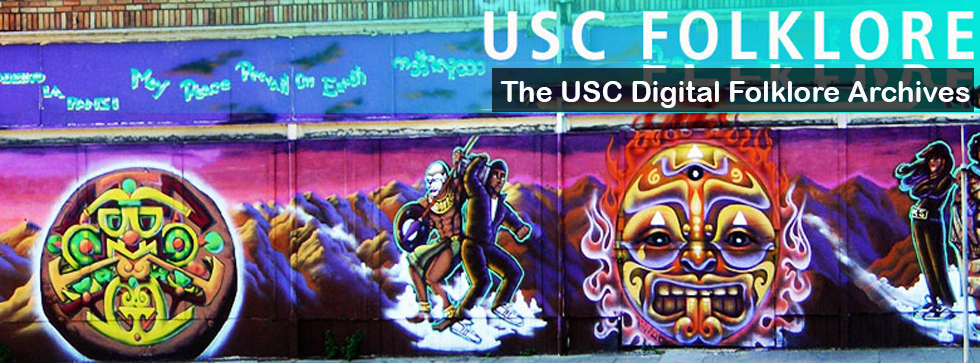Background Information:
The informant was born and raised in Australia, but has roots in the Czechia. She is describing her childhood in Sydney.
Main Content:
ME: Hey can you tell me about your experiences during Christmas.
SP: So on Christmas Eve instead of Santa Clause coming St. Nicholas comes and if you are a really good child you get an orange or an apple from him, and if you are a really bad child the equivalent of Satan comes and basically kidnaps you forever, and if your orange or apple is really sweet that is like the best present you could’ve gotten from Saint Nick and it means that you are gonna have a really good year.
ME: Does the apple or orange specifically have any significance?
SP: Umm, Oh! Its actually an apple, orange, or golden pig. The golden pig is actually the one that has the most significance and basically when I was little, ummm, on Christmas eve my grandma would sprinkle golden fairy dust to make the trail of a golden pig, and then that would lead to our stockings which would have either an apple or an orange in them, and that was basically our parents way of telling us that we were good children that year.
ME: Who started introduced this tradition to you?
SP: So basically my mom’s family is Czech, so my grandparents on my mom’s side and I just got brought up with it.
Context:
This conversation happened in-person.
Thoughts:
I think it is really interesting to see different Christmas traditions from different backgrounds. It’s interesting that the children receive gifts on Christmas Eve, instead of Christmas morning. This tradition is very different from the modern American gift-giving. Considering that on Christmas Eve, the two outcomes for a child in this tradition is either receiving a fruit or being kidnapped by the devil, it is very different from the conventional American tradition of receiving exuberant gifts if you were good, or getting a piece of coal if you were bad.
